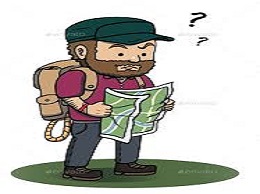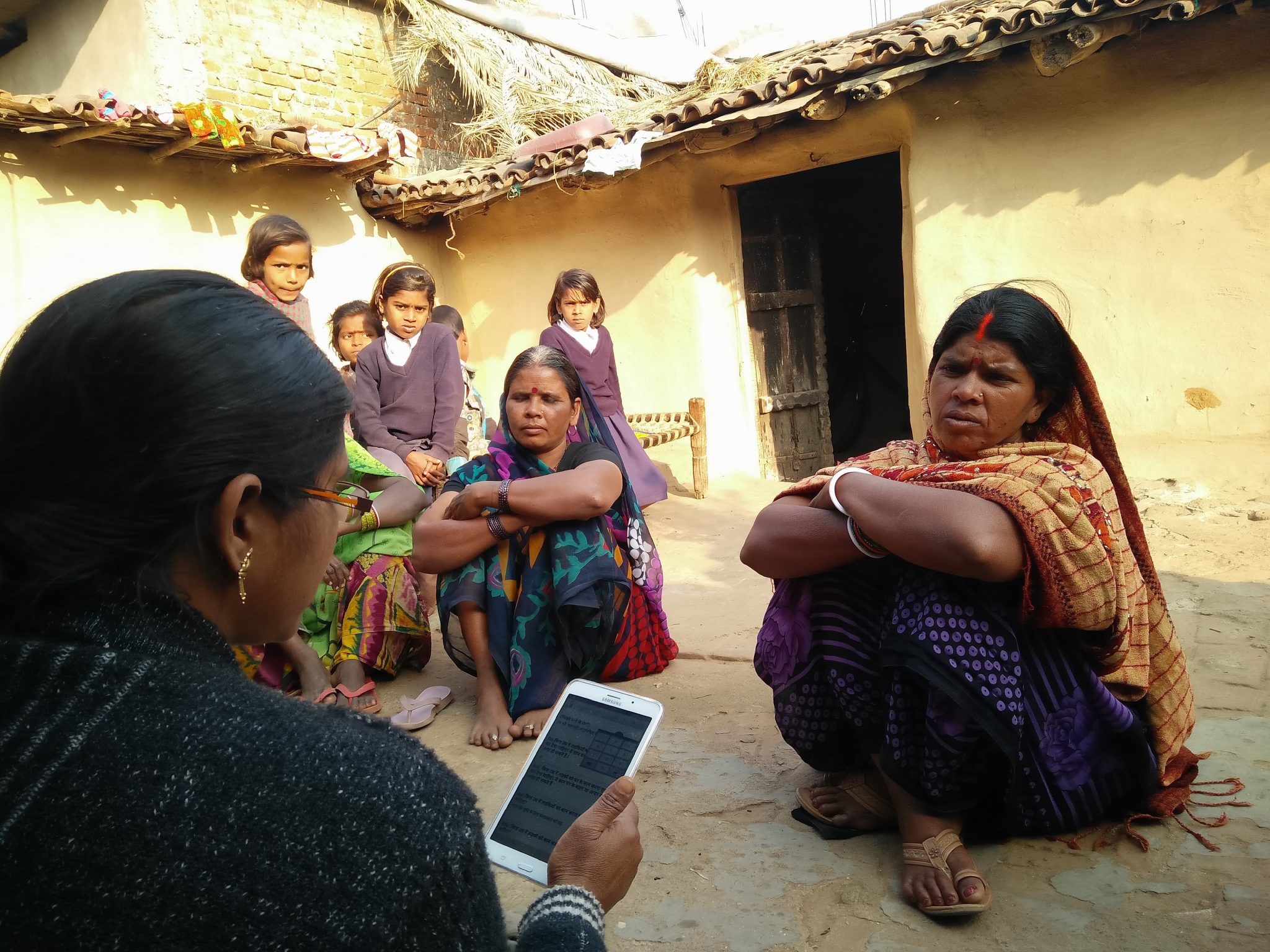Blog Details
21st July 2016: Maps have been used historically to portray the world as a wholesome playground of countries, demarcating geographies, boundaries, size and distance. If we were to trace our way back to the time the first maps were drawn out, we would go as far back as 150 AD, combining geometry, math, sketching and some fabric. These ‘visuals of what the world looked like’ were used for a few centuries and were fairly distorted.
As travel became relatively easier and movement became freer, maps evolved; as did the exchange of goods, knowledge, and hence supremacy owing to the aforementioned. With power came the need and urge for domination and therein lay the seeds of creating illusions of power.
Maps can be masterful tools of such misrepresentation. Think about the movie King and I (1956) and remade as Anna and the King (1999), starring Yun-Fat Chow and Jodie Foster based on the novel Anna and the King of Siam. A young Jodie foster is off to Asia to teach the many children (58 in number) of the King. A more obvious memory I have is of a scene when the young Anna in an epic lesson to the royal children is trying to dispel myths regarding the position and hence size of Thailand (formerly Siam) on the world map. She is met with both awe and resistance.
Take the present day context, and the story is more interesting. My erudite colleague Khusdeep Malhotra, who is a GIS (Geographic Information Systems) specialist, asked me to sketch out a world map as an exercise. I did so. 80 seconds later she tells me- I hope you know that the map is a lie. I did not understand.
Of all the atlases I owned since childhood, and multiple visits to the British Council Library, some fun trips to museums abroad included the world map (inverted version below), which is the only version I am aware of and the only version of a map that is ostensibly used to date. She shrugs her shoulders and says, ‘Well, that map is not proportionate in terms of sizes’. I am a data person and to prove her point, she leads me to this website: WWW.TRUESIZE.COM. I strongly recommend that you open this website: The funniest, albeit the most shocking revelation, is that of Greenland which to my mind is a huge mass of land up north. In real terms, Africa is about 14 times the size of Greenland. Again, the United States could be accommodated multiple times over within Africa! Alaska the cold state in the northwest is misrepresented too and so is Brazil.
The distances and sizes we see are disproportionate and leads us to question why geographers haven’t revised what the world considers accurate. Well, among other things, it is power play! If the West has been the seat of power in the course of our lifetimes and possibly that of our fathers, then the world order as such has changed little. Think about why the south is at the bottom and the north on top for a moment. Countries and continents in the South have never dominated the world. But the worldview forms their standpoint could just as well turn the map upside down. How we view the world today is a function of the documentation that has survived, again, largely controlled by the elites and the monarchies that ruled.
One must, however, also factor in the issues owing to graphing a sphere into a plain paper format. Cartographers have time and again, devised beautiful and elegant ways of trying to resolve this problem. This particular example borrows from the Newport Geographic, wherein, “All geographic locations are treated with equal importance”.
A more visual representation of the map would be as under, which as per Newport Geographic, “It does not have a centre, a top or a bottom. There is no side up so it can be viewed from any orientation. Given the recent turn of events, as we redefine what globalization means, a tectonic shift is on the cards for how countries use policies, politics and power to brand themselves. Maybe a more representative world map will soon make its way to our libraries and classrooms.
Prerna Mukharya is the Founder of Outline India. She holds a Masters in Economics from Boston University and has prior research experience at Centre for Policy Research and Harvard University. Outline India is all about data in the development sector while focusing on ground level work. About 6 years old, 26 states and 1000+ villages covered, Outline India is looking to redefine the quality of data at the confluence of human capital, tech and non-tech research methods.








David Angel Makel
IT ConsultantIt is a long established fact that a reader will be distracted by the readable content page looking at its layout point of using normal